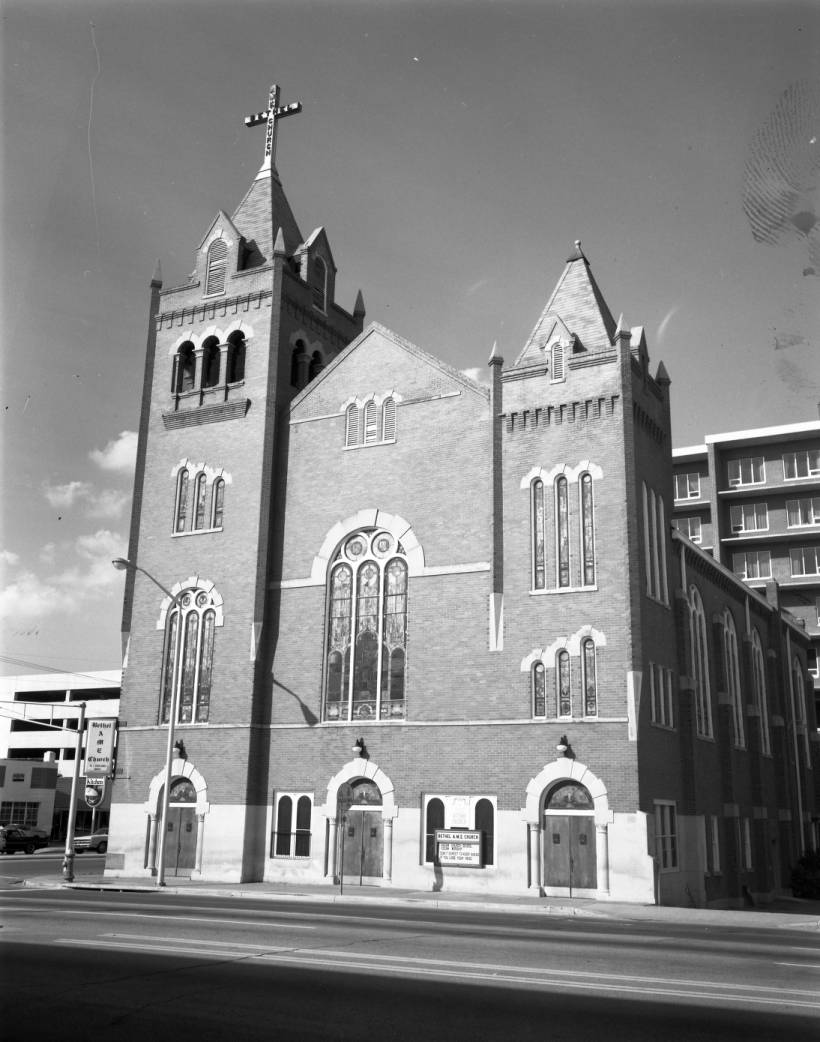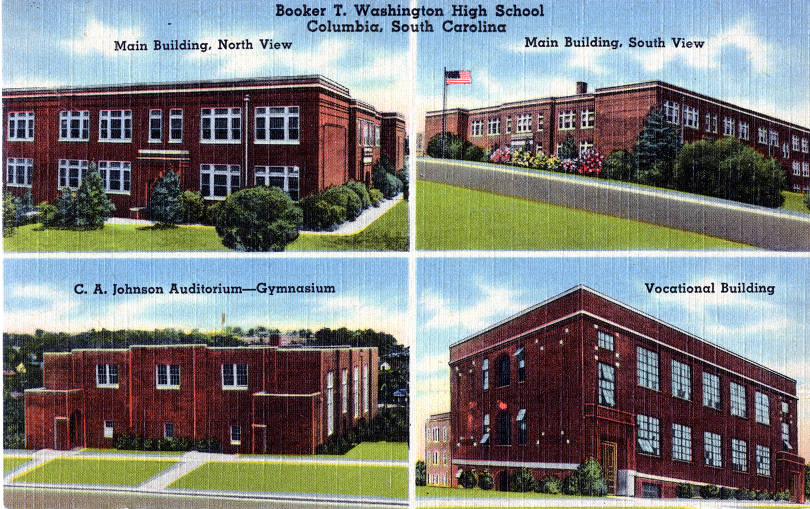- Margaret D.
- Friday, April 28, 2023
The United States Department of Defense recently recognized Columbia woman Charity E. Adams (1918 – 2002) for her groundbreaking role as the first African American woman to lead a military unit overseas during wartime.
On April 27, 2023 Fort Lee in Virginia was renamed Fort Gregg-Adams in honor of Lt. Gen. Arthur J. Gregg and Lt. Col. Charity Adams, two African-American service members who served their country with distinction during the Jim Crow era. One of these honorees, Charity Adams, is from Columbia, S.C.
Much has been written about Lt. Col. Adams’s military career, but I wondered what I could discover about her youth and family. Using the library’s collections of historic newspapers, her memoir, and our genealogical research tools, I discovered more about this very accomplished woman.
Charity Edna Adams was born in December 5, 1918 in Kittrell, North Carolina to parents Rev. Eugene Avery Adams (1886-1968) and Charity Anzella (Nash) Adams (1888-1967). She was the oldest of 4 children. Her parents were from Cokesbury, a small town in Greenwood County, S.C.
Charity, or Edna as she was known in her youth, was raised in a religious home with two educated parents. Her father was a minister, educator, and civic leader. Her mother was a teacher prior to marriage, a home maker when her children were young, and taught for a few years again after her children were grown. Her parents had come from farming families that had lived for generations in Greenwood County.
After finishing grade school in Cokesbury, Edna’s father, Eugene A. Adams, received a high school diploma from Morris Brown College in Atlanta, as there was no high school in Cokesbury for African Americans. After high school he completed a college degree from Biddle University in Charlotte. He then returned to Cokesbury to marry Charity Nash, a teacher, and the couple moved to Wilberforce, Ohio where Eugene attended the Payne Seminary and Charity worked as a seamstress. In 1918, the couple moved to Kittrell, N.C. where Rev. Adams taught theology at Kittrell College and their first child, Charity Edna, was born. Rev. Adams also taught at Allen University in Columbia, S.C. around that time. The family later moved to Clinton, S.C. where Rev. Adams served as a minister and a school principal. In 1923, Rev. Adams was called to serve as minister of Bethel A.M.E. Church in Columbia, where he would remain for the rest of his life.

Rev. Adams flourished in Columbia. He preached at the funerals of several notable individuals such as N. J. Frederick and Rev. Charles Jaggers. He served on the board of several benevolent institutions such as the Jaggers Old Folks Home, the Waverly-Good Samaritan Hospital, and the Victory Savings Bank. For a time, he was Dean of Theology at Allen University and the Education Secretary for the AME Church. In the 1940s, Rev. E. A. Adams became president of the Columbia branch of the SC NAACP. Throughout the 1940s Rev. Adams was outspoken on matters relating to civil rights, especially relating to equal pay for African American teachers and for the right for Blacks to vote in the South Carolina Democratic Party primary.
When they first moved to Columbia, the Adams family lived in the Bethel AME parsonage located at 1522 Sumter Street in downtown Columbia. They later moved to 2113 Lady Street in the Waverly neighborhood of Columbia. In her memoir One Woman’s Army: A Black Officer Remembers the WAC, Edna Adams recalls one of her earliest memories of Columbia was being shocked to witness a Ku Klux Klan parade go past while she stood with her father and brother on the second story porch of the parsonage. She also described the pain of living in Columbia during Jim Crow, with segregated restaurants, stores, public transportation, and schools impacting her daily life.
Edna’s brother John Hurst Adams described his parents in a 2017 interview with The State newspaper, “They were disciplinarians.” But he added, “Once we were old enough to talk back, they allowed us to question and debate.” This combination of the values of duty, hard work, and perseverance, along with a tolerance to question and to challenge the status quo, served Edna well.

Edna attended (Old) Howard School, Waverly School, and Booker T. Washington High School, where she graduated as valedictorian of her class in 1934. Following in her father’s footsteps, she went north to Wilberforce, Ohio, where she attended Wilberforce University. After graduating with a degree in physics, Adams returned to Columbia and taught at Carver Junior High School in the Waverly neighborhood. She took graduate courses at Ohio State University over the summers. In 1942 Adams enlisted into the newly formed Women’s Auxiliary Army Corps and was accepted into the African American Officer Candidate School at Fort Des Moines, Iowa. While serving in the WAACs, later renamed the WACs, Adams served with distinction in every role she obtained.
In 1944, Adams was chosen to command the 6888th Central Postal Directory Battalion, the only unit composed of African American women to be sent overseas. From Birmingham, England, and Rouen, France, the unit cleared an overwhelming backlog of undelivered mail and packages to U.S. servicemen. “No Mail, Low Morale” was the mantra adopted by the unit which guided them through their mission. She eventually rose to the rank of Lieutenant Colonel.
At the conclusion of the war, Adams completed her degree at Ohio State and then moved to Cleveland, Ohio to work for the Veteran’s Administration and as an educator in local schools and colleges. In 1949, she married Stanley A. Earley. After a stint in Switzerland, the couple settled in Dayton, Ohio. Charity Edna Adams Earley died in 2002 and is buried in the Woodland Cemetery and Arboretum in Dayton.
Her parents continued to live in 2113 Lady Street until they passed away, Charity A. Adams, in 1967 and Rev. E. A. Adams in 1968. Both are buried in the Palmetto Cemetery in Columbia.
The renaming of Fort Lee to Fort Gregg-Adams shines a light on the accomplishments of Charity Edna Adams Earley despite the racial and gender stereotypes that pervaded during her time. She served her country well. I’m sure her family in Columbia was very proud of her too.
To learn more about Charity E. Adams Earley, check out some of the online resources below:
- National Museum of the United States Army (thenmusa.org)
- Charity Adams Earley (U.S. National Park Service) (nps.gov)
- Fort Gregg-Adams Redesignation (army.mil)
Or check out her memoir from the library:


